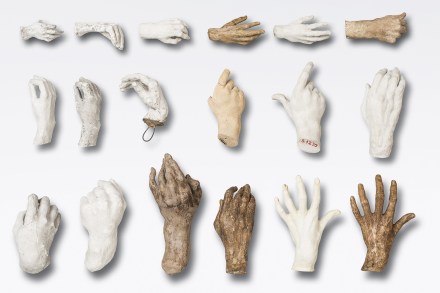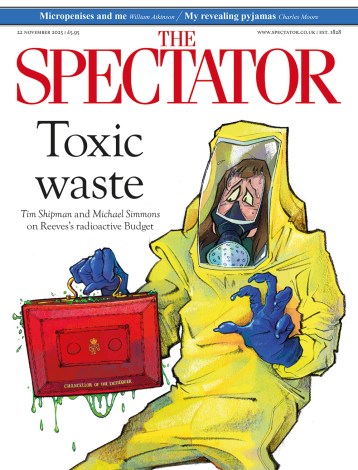Rodin was as modern as Magritte and Dali, but more touching and troubling than either
Rodin’s studio at Meudon in the suburbs of Paris is huge and filled with light — a sort of combined warehouse, factory and conservatory. It’s crammed with white plaster figures: battered, writhing and fragmentary. This strange, almost surreal effect has been recreated in The Making of Rodin at Tate Modern. The result is more interesting than beautiful. Few exhibits would normally be classified as finished pieces. Most are plaster casts of clay studies, ranging in scale from miniature to gigantic. Quite a lot aren’t even works in progress, more ingredients for art, bits and pieces he could play around with. Rodin called these ‘giblets’ (‘abats’). Their effect can be macabre:

